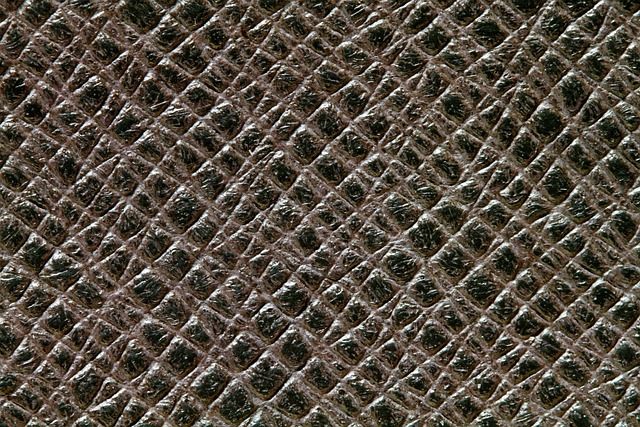Wart freezing treatment, using liquid nitrogen, offers a quick, non-invasive, and effective way to remove warts with minimal discomfort. This procedure takes just minutes per session, causing temporary redness/swelling but no significant pain. Multiple sessions may be needed for larger warts, and proper aftercare is essential. Compared to traditional methods, cryotherapy provides a convenient, efficient, and comfortable solution for wart removal with reduced scarring risk.
Considering Wart freezing treatment? This non-invasive approach offers a simple solution for those seeking relief from unsightly warts with minimal discomfort. Cryotherapy, or freezing, targets and destroys targeted skin cells without cutting or burning. Our guide delves into the science behind this effective method, highlights its advantages, outlines the procedure and recovery process, and provides essential post-treatment care tips. Discover a quick, relatively painless way to bid farewell to warts.
- Understanding Wart Freezing Treatment: A Non-invasive Approach
- The Science Behind Cryotherapy for Warts
- Benefits of Minimal Discomfort Treatment Options
- Procedure, Recovery, and Post-treatment Care Guidelines
Understanding Wart Freezing Treatment: A Non-invasive Approach
Wart freezing treatment, also known as cryotherapy, is a non-invasive approach to removing warts. This procedure involves the use of liquid nitrogen to freeze and destroy targeted skin cells containing the wart. Unlike surgical methods, it causes minimal discomfort and leaves little to no scarring. The process is straightforward: a healthcare provider applies liquid nitrogen to the wart using a small needle or sprayer, which quickly freezes and damages the infected cells. Over time, these cells are naturally replaced by healthy skin cells, leading to the wart’s disappearance.
This method is particularly attractive due to its simplicity and effectiveness. Most treatments only take a few minutes, and multiple sessions may be required for larger or more stubborn warts. It’s important to note that while wart freezing treatment is generally safe, it might cause temporary redness, swelling, or itching at the site of application. However, these side effects are usually mild and subside within a short period.
The Science Behind Cryotherapy for Warts
Cryotherapy, or wart freezing treatment, is a non-invasive procedure that harnesses the power of extreme cold to eliminate warts. This science-backed approach targets and damages the infected skin cells while minimizing harm to surrounding healthy tissue. During the treatment, a liquid nitrogen probe is applied directly to the wart, rapidly freezing it. This severe temperature change causes the wart’s blood vessels to constrict and close, interrupting their supply of oxygen and nutrients, ultimately leading to the death of the infected cells.
The body’s natural immune response then takes over, clearing away the dead skin cells in a process similar to healing a minor scratch or burn. Cryotherapy is renowned for its minimal discomfort compared to traditional wart removal methods. The procedure is quick, typically lasting just a few minutes, and while it may induce a stinging sensation upon application, it’s usually well-tolerated with only mild redness and swelling as temporary side effects.
Benefits of Minimal Discomfort Treatment Options
Wart freezing treatments offer a non-invasive approach with significant advantages, especially for those seeking minimal discomfort during the process. This method involves using liquid nitrogen to freeze and destroy targeted warts, providing an effective solution without the need for surgery or extensive downtime. One of its key benefits is the relatively pain-free experience; patients often report only a brief moment of sensitivity, making it an attractive option for individuals who prefer less aggressive treatments.
Compared to traditional methods, wart freezing offers a faster recovery time, allowing patients to resume their daily activities shortly after the procedure. This minimal discomfort approach also reduces the risk of scarring and other potential side effects associated with more invasive treatments. As such, it provides a convenient and effective solution for people dealing with warts, ensuring comfort and efficiency throughout the entire process.
Procedure, Recovery, and Post-treatment Care Guidelines
Procedure:
The wart freezing treatment, also known as cryotherapy, is a quick and relatively painless process. During the procedure, a small device is used to apply liquid nitrogen to the targeted wart. This extreme cold temperature damages the wart’s blood vessels, effectively cutting off its supply of oxygen and nutrients, leading to its eventual disappearance. The treatment is often performed in a doctor’s office or clinic, taking only a few minutes.
Recovery:
Afterward, it’s common to experience some mild redness, swelling, or itching at the treated site, which typically subsides within a few days. While many people see results after just one session, multiple treatments may be necessary for larger or more stubborn warts. It’s crucial to follow the doctor’s instructions regarding aftercare, including keeping the area clean and dry to prevent infection and promote healing.
Wart freezing treatment offers a non-invasive, effective solution for those seeking relief from warts with minimal discomfort. By understanding the science behind cryotherapy and its benefits, individuals can make informed decisions about their skin health. Following the procedure guidelines and proper post-treatment care ensures optimal results, allowing you to bid farewell to unsightly warts comfortably and efficiently.
